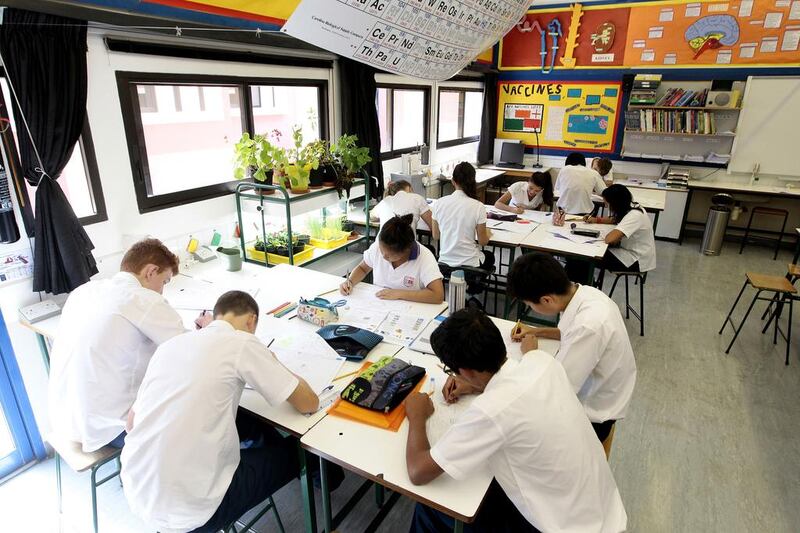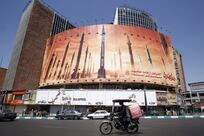Literacy is the cornerstone of all science. Without the ability to read well and comprehend and express scientific thought, inventions and ideas will be consigned to float within the limited space of those who understand science.
In the United States, the national science education standards committee defines science literacy as the “means that a person can ask, find or determine answers to questions derived from curiosity about everyday experiences. It means that a person has the ability to describe, explain and predict natural phenomena.” This marks the relationship between science and language as one that needs to be nurtured and worked on in schools, universities and the public arena.
The idea that science and literacy are two different worlds or parallel lines that shall never meet is now obsolete and defunct. Today, we must embrace the notion that science and literacy are inseparable entities.
However, what does this mean for educators?
First, they should acknowledge the close relationship between literacy and science and start looking at the two disciplines as closely intertwined. Jokingly, I would say we need literacy in science to make sense to the masses.
Second, literacy and science experts should work together to come up with ideas, concepts, projects and possibly products that can modernise the Arabic language and bring its instruction into the 21st century in schools and universities. I dream of reading texts about the life cycle of a frog or of questions being asked about whether we can hear a scream in space in Arabic language classrooms.
Third, women should be encouraged into STEM professions. According to US census bureau statistics, women made up 7 per cent of the STEM workforce in 1970.
That number increased to 23 per cent in 1990, but the number is still hovering around that number even now. If those are the numbers in the US, what do you think the percentage would be in the Middle East?
Teresa K Woodruff, director of the Women’s Health Research Institute at Northwestern University, told National Geographic in 2014 that even the rats used in scientific lab experiments have been mainly males. This has led, it is claimed, to many mistakes being made over the years in diagnosing illness in women and in prescribing the correct dose of medicine for them.
Based on that, the national institutes of health announced in May 2014 that researchers who received funds from the US agency would have to test their theories on female lab animals, tissues and cells, and that gender would be considered a variable in experiment design and analysis.
Involving more women in the STEM world can usher in all sorts of different perspectives and possibly make the sciences more accessible and attractive to some hesitant youth.
I will leave you with the thoughts of the poet T S Eliot: “For last year’s words belong to last year’s language and next year’s words await another voice.” Next year’s words might well be literacy and science or shall we call it SciLit?
If the Arabic language classroom does not embrace the SciLit revolution, then it may find it is working its way towards a bygone era.
Hanada Taha is the endowed chair professor of Arabic language at Zayed University





